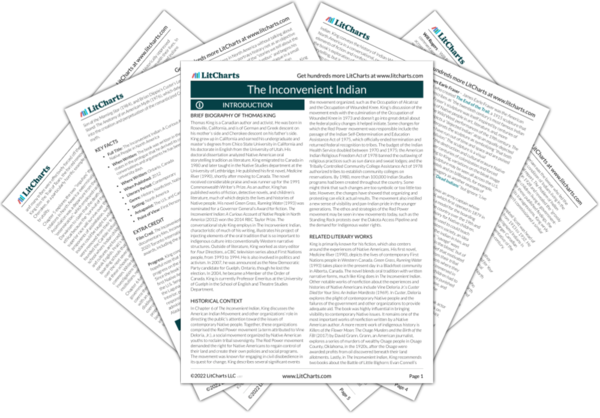Other missionaries founded “praying towns” modeled after Eliot’s, including Samson Occom, a Mohegan who converted and became a Presbyterian cleric. These towns pushed for assimilation into Western culture and conversion to Christianity; however, the communities were able to self-govern, electing their own rulers. Indians who lived there were also permitted to use their own language. The partial sovereignty afforded to citizens of these towns was mostly taken away by the 18th and 19th centuries, however, following North America's more aggressive policy of removal, relocation, and assimilation.
